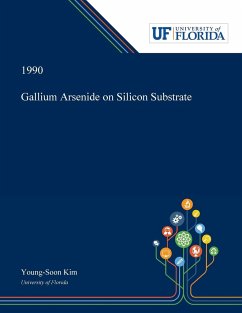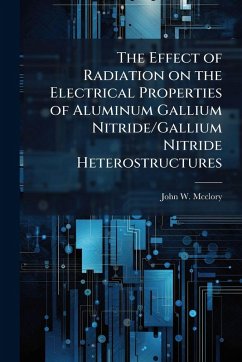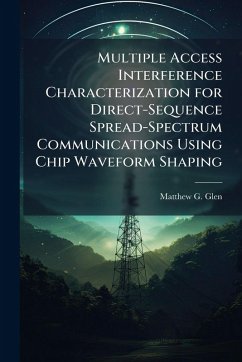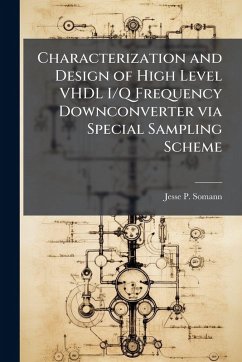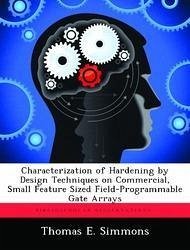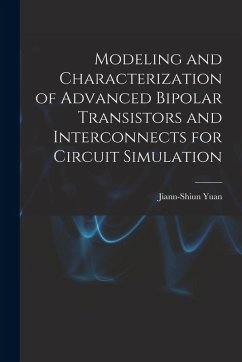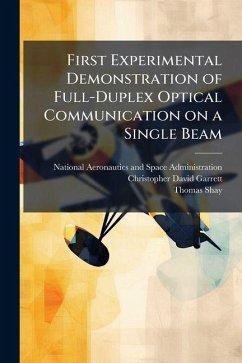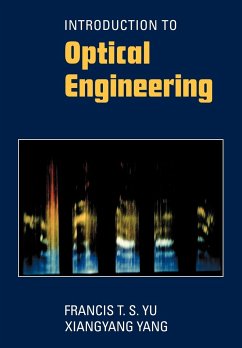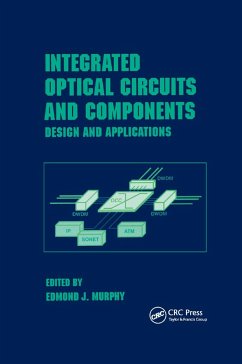
Optical and Electrical Characterization of Melt-Grown Bulk Indium Gallium Arsenide and Indium Arsenic Phosphide Alloys
Versandkostenfrei!
Versandfertig in über 4 Wochen
18,99 €
inkl. MwSt.
Weitere Ausgaben:

PAYBACK Punkte
9 °P sammeln!
A new method to determine semiconductor bandgap energy directly from the easily measured transmission spectra was developed. The method was verified using many binary semiconductors with known properties and utilized to determine the unknown ternary semiconductors were determined at various wavelengths and temperatures. Photoluminescence and Hall-effect measurement were performed to identify various electronic transitions, as well as sample quality. The determination of electrical and optical properties of the material will provide important addition to the database of material properties for ...
A new method to determine semiconductor bandgap energy directly from the easily measured transmission spectra was developed. The method was verified using many binary semiconductors with known properties and utilized to determine the unknown ternary semiconductors were determined at various wavelengths and temperatures. Photoluminescence and Hall-effect measurement were performed to identify various electronic transitions, as well as sample quality. The determination of electrical and optical properties of the material will provide important addition to the database of material properties for future optoelectronic device applications. In the near future, newer materials and their applications need to be developed, and often binary and ternary III-V compounds (GaSb, GaP, GaSbP etc.) can be studied using the method developed in this work. This work has been selected by scholars as being culturally important, and is part of the knowledge base of civilization as we know it. This work was reproduced from the original artifact, and remains as true to the original work as possible. Therefore, you will see the original copyright references, library stamps (as most of these works have been housed in our most important libraries around the world), and other notations in the work. This work is in the public domain in the United States of America, and possibly other nations. Within the United States, you may freely copy and distribute this work, as no entity (individual or corporate) has a copyright on the body of the work. As a reproduction of a historical artifact, this work may contain missing or blurred pages, poor pictures, errant marks, etc. Scholars believe, and we concur, that this work is important enough to be preserved, reproduced, and made generally available to the public. We appreciate your support of the preservation process, and thank you for being an important part of keeping this knowledge alive and relevant.



